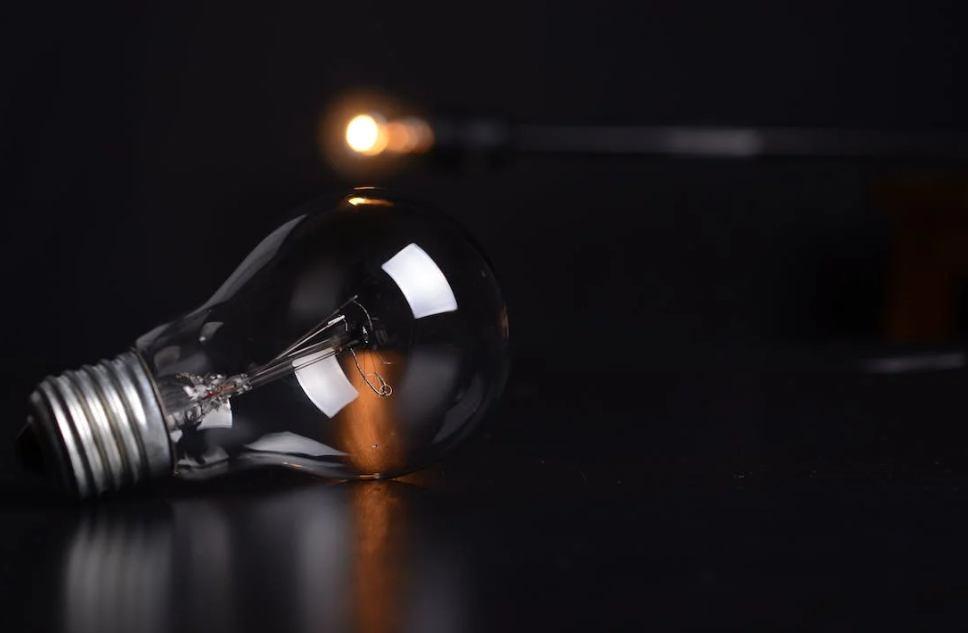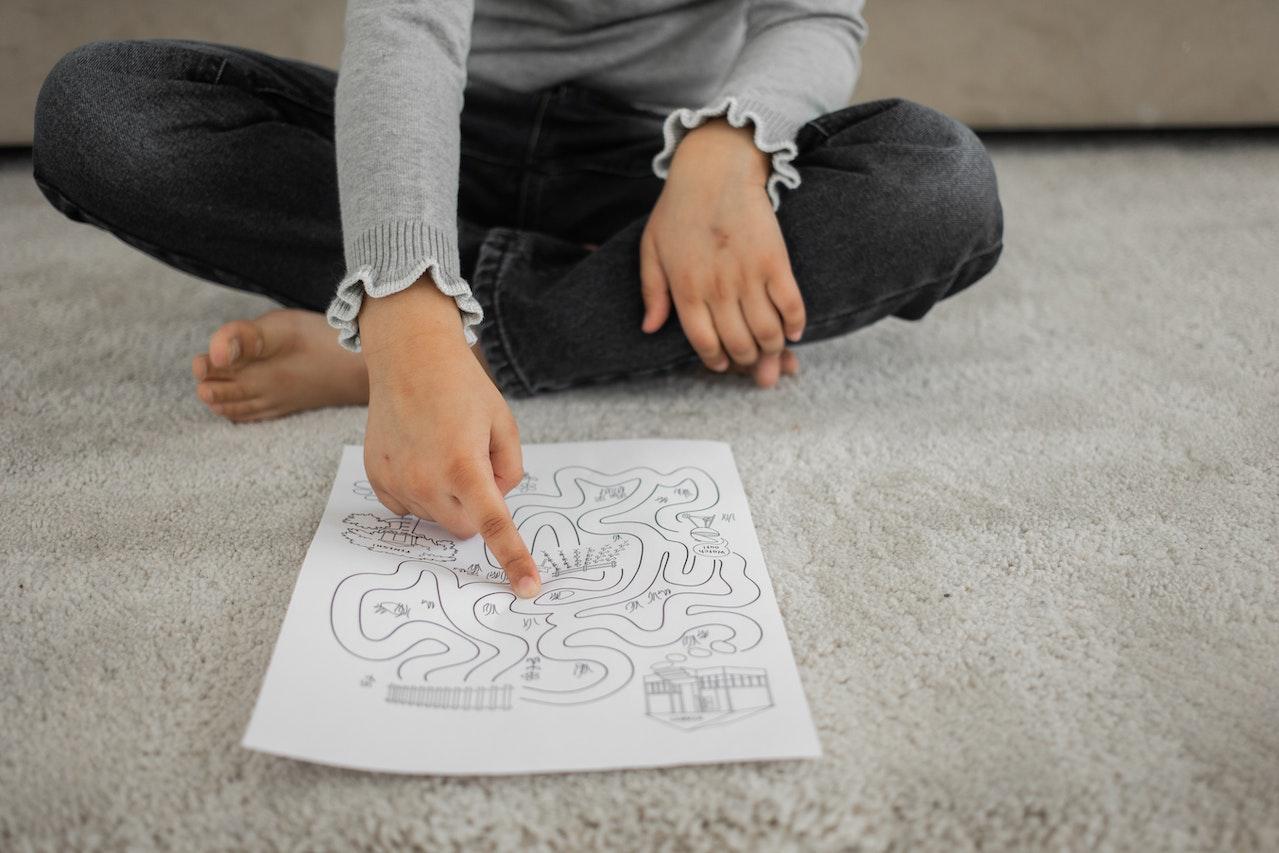Understand power outages to help people stay safe and informed. This is especially important for those who depend on medical devices and refrigerated medications that require electricity.
The most common causes of outages include weather, vehicle accidents involving poles and wires, birds and squirrels getting on power lines, and equipment failure. Other reasons may include tripped circuit breakers and public safety power shutoffs.
Table of Contents
Equipment Failure
The electricity that makes our businesses and homes work is first generated in power plants, then transferred via high voltage transmission lines to the distribution network. If a problem occurs at any step of this process, it can lead to widespread outages. Distribution system failures are relatively common and may occur for various reasons, from balloons tangled in power lines to mischievous squirrels foraging inside substation equipment. These problems often only affect a small service area and are easy to fix.
However, major natural disasters also can cause widespread power outages in Texas. Tornadoes, earthquakes, and floods can damage utility poles and lines. In addition, the destruction of underground utility lines is often caused by accidents involving construction vehicles and landscapers that accidentally dig too far.
There are also times when the energy demand exceeds the available supply. This is especially likely during heat waves when consumers collectively blast their air conditioners. During these periods, utilities are sometimes forced to implement temporary power shutoffs called rolling blackouts. They usually do this with advance notice to customers. However, power suppliers can lessen this power outage.
No matter the reason for a power outage, it can cost your business valuable revenue and slow your productivity. By taking the proper precautions, you can make your company resilient to unexpected interruptions in the electrical grid. To guarantee that your business runs smoothly even during power outages, it’s essential to utilize backup generators that are fueled adequately.
Weather
Creating and distributing an electricity grid that spans hundreds of miles is a remarkable feat, but it also leaves the system vulnerable to severe environmental factors. These can physically damage the power lines, interrupting the flow of electricity and causing outages.
Whether it’s a blizzard in the Northeast or a thunderstorm across the Midwest, extreme weather is a significant cause of power outages. Lightning strikes, wind, and rain can all knock down transmission lines or flood equipment with water. These are often minor inconveniences, but they can add up to hours or even days of lost electricity for thousands of people.
Beyond the damage done by storms, other types of weather can also lead to power outages. Heavy precipitation makes them five times more likely; tropical cyclones, with their high winds and heavy precipitation, make them 14 times more likely; and hot days with high demand, such as on a warm summer day when people are blasting their air conditioners, can trigger a supply shortage that requires utilities to shut off power to specific groups at a time (a process called rolling blackouts).
Snowstorms were the leading factor in outages during the winter; landfalling tropical cyclones led the way during the summer, and wildfires were the most common culprit in the West between July and November.
Vehicle Accidents
In addition to natural causes, power outages can be caused by vehicle accidents on the distribution network. The distribution network delivers electricity to homes and businesses from the grid. The system requires many steps to work, and problems can occur anytime.
In most cases, distribution failures are the result of human error. Even though modern electrical infrastructure is designed to resist these types of issues, a variety of factors can still lead to a disruption in the flow of energy.
For example, it is common for a car to hit a utility pole and damage it. This can cut the lines and cause a power outage for the area served by that particular line. Accidents can occur due to driver impairment, a temporary loss of focus, or a slippery road surface.
Other accidents on the distribution network include those involving construction equipment. Earthmoving equipment can accidentally contact underground cables and cut them. Cranes and hoisting equipment can get tangled in or knock down power lines.
Birds and Squirrels
Animals might not be as terrifying as lions or bears, but they can cause much damage in their quest to get warm and hunt for food. In the United States, squirrels, birds, and other animals are responsible for thousands of power outages yearly. They rank second only to storms and bad weather for the number of outages caused.
Squirrels are a huge problem, especially when they climb trees near electric lines and gnaw on them. Their teeth never stop growing, and they always look for a good chew. They’re particularly troublesome when squirrels are most active in the fall and spring.
Birds also pose a threat, although they cause fewer outages than squirrels. They can land on power lines, snag them, build nests in substations, and leave behind “streamers” of conductive bird droppings. Their wings can also bridge the gap between two energized wires and divert current.
Fortunately, there are many ways to prevent power outages due to wildlife.
Also read – Tips for Successfully Implementing Electronic Logging Devices in Your Fleet




